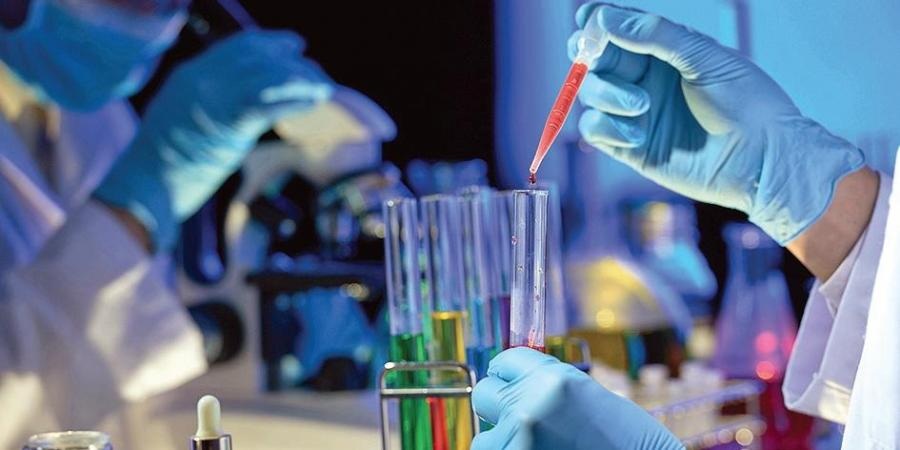Hyderabad scientist finds two compounds to fight coronavirus
These proteins were found to bind with two separate compounds, Aza-Peptide Epoxide (APE) and GRL0617, that inhibited the ability of the virus to replicate, impairing the virus completely.

As scientists across the world are scrambling to find ways to deal with COVID-19, a scientist from Hyderabad has reported that there are two potential compounds that can act as anti-virals to impair the virus.
The scientist, Arun K Shanker of Hyderabad-based Central Research Institute for Dryland Agriculture (CRIDA), who works on computational genome analysis and in vivo validation of genes, told The New Indian Express that he started off his research by studying genome sequence of the COVID-19 virus available at the NCBI repository and conducted a whole genome analysis to see if there were matches with any other known genomic sequence.
They observed that two particular non-structured proteins of COVID-19 virus matched with non-structured proteins from the earlier version of Coronavirus that had affected humans — Severe Acute Respiratory Syndrome Coronavirus also known as SARS CoV.
The scientist, along with his team of two other scientists, conducted the tests using computer models to detect functional similarities of the two non-structured proteins found in COVID-19 and SARS CoV by conducting tests called ‘homology modelling’, which involves developing a 3D model of proteins. While one non-structured protein was 96 per cent similar in both cases, the other one was 82 per cent similar. Dr Shanker argues that both these non-structured proteins have been studied earlier and found to have been the target of antiviral treatment for SARS CoV.
These proteins were found to bind with two separate compounds, Aza-Peptide Epoxide (APE) and GRL0617, that inhibited the ability of the virus to replicate, impairing the virus completely.
Moreover, it was also found that the site where the two compounds APE and GRL0617 bound to the SARS CoV virus, was the same as that in the COVID-19 virus. This, Dr Shanker said, shows that the two compounds can be used as anti-virals against the COVID-19.
Source : newindianexpress